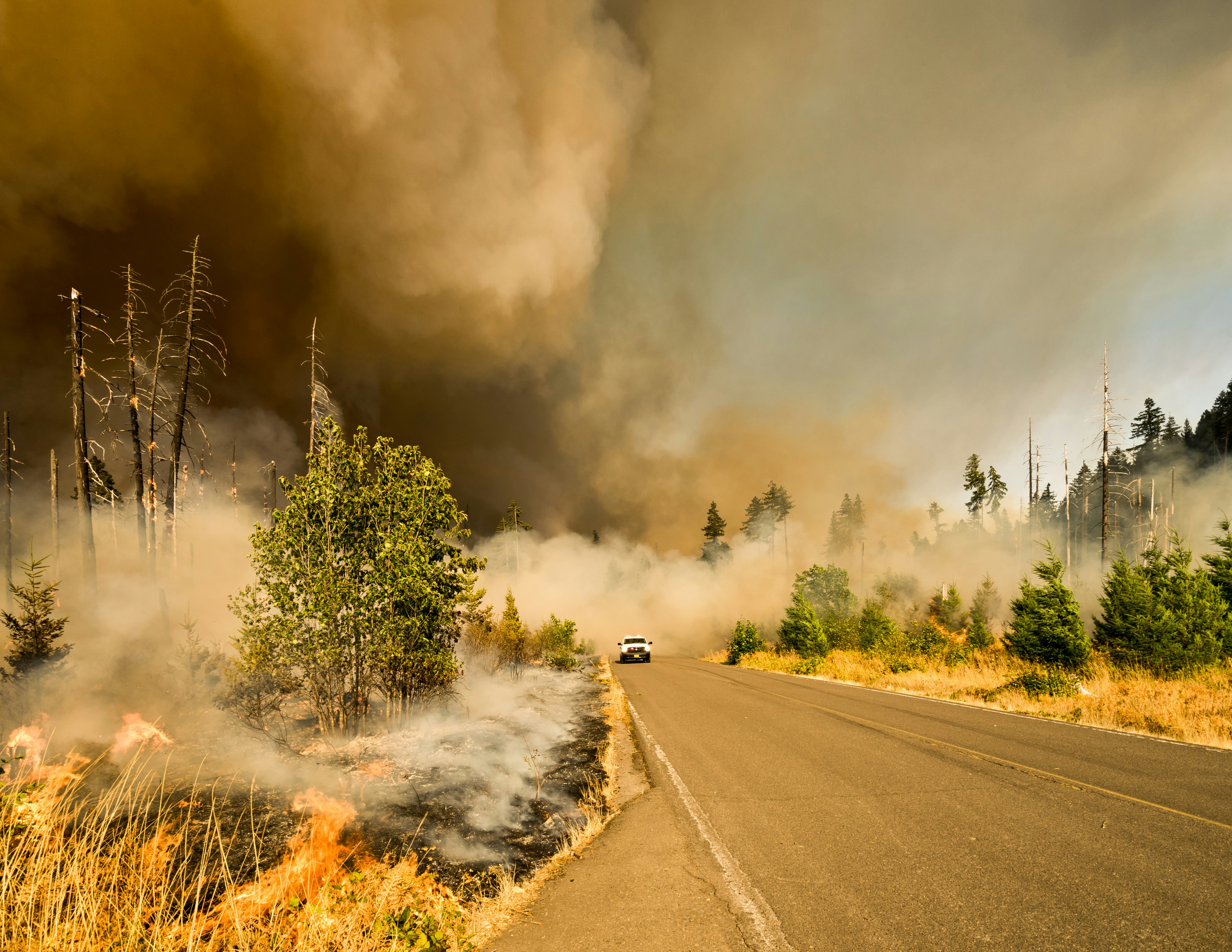
The Most Effective Ways to Support Local Disaster Preparedness Workshops
Building stronger communities starts with taking part in local disaster preparedness workshops, where you can gain valuable safety skills while making a direct impact. These workshops offer practical training that helps everyone respond more effectively during emergencies. When you research available programs, connect with local organizations, and volunteer your time, you help increase awareness and readiness throughout your area. This involvement brings people together, linking neighbors, professionals, and groups such as the *American Red Cross* or *CERT*, and encourages a spirit of cooperation. By participating, you contribute to a safer, better-prepared community for everyone.
Advertisement
Whether you want to find reliable programs, gather resources, or spread the word through engaging campaigns, these actionable steps help you make a meaningful difference. Let’s explore how you can play an essential role in preparing your neighborhood for unforeseen events.
How to Find Local Workshops
Start by doing focused research to find trustworthy workshops. Gathering accurate information helps you choose events that teach relevant skills like first aid, emergency planning, and disaster response protocols.
Look for events that include interactive components—simulations, hands-on drills, and scenario-based activities. Practical exercises build confidence and muscle memory, enabling participants to act under pressure.
- Visit city government pages and local chapters of organizations like the *American Red Cross* to find upcoming sessions.
- Check community centers and libraries, which often host free or low-cost training sessions in partnership with safety agencies.
- Verify instructor credentials by confirming they hold certifications from recognized organizations or have professional experience in emergency management.
- Read reviews and testimonials on community forums and social media groups to hear honest feedback about workshop quality.
- Contact organizers directly to ask for detailed agendas, participant-to-instructor ratios, and follow-up support options.
Partnering with Community Stakeholders
Bringing together diverse partners increases the reach and impact of workshops. Building a network of committed stakeholders distributes responsibilities and broadens skill sets.
By leveraging the expertise of medical professionals, local businesses, and faith groups, you create a multi-layered support system that covers different aspects of disaster preparedness.
- Coordinate with police, fire, and EMS to design realistic drills and expert-led sessions.
- Engage schools and universities to secure venue space, recruit student volunteers, and support research efforts.
- Invite doctors and nurses to teach first aid, CPR, and mental health first response techniques.
- Partner with local shops and sponsors to donate supplies such as bottled water, emergency kits, and protective gear.
- Include cultural and faith organizations to represent diverse community segments and promote inclusivity.
Raising Funds and Mobilizing Resources
Obtaining financial and material support ensures workshops stay accessible and well-equipped. Effective fundraising involves engaging the community and making creative appeals.
When people see clear goals—like purchasing training mannequins or funding mobile clinics—they are more inclined to contribute. Being transparent about how money is spent builds trust and encourages future donations.
Begin by setting a realistic budget, listing costs for venue rental, training supplies, refreshments, and promotional materials. Use online platforms like *GoFundMe* or local crowdfunding sites to gather small donations quickly. Share progress milestones and stories of workshop impact to keep motivation high.
Organize fundraising events that directly relate to preparedness. A community cookout or quiz night featuring safety trivia can attract participants while raising awareness. Offer themed incentives—first aid kits or branded emergency flashlights—for donors reaching support goals.
Recruiting and Training Volunteers
Dedicated volunteers form the backbone of any workshop. Providing clear roles and structured training helps recruits stay engaged and confident.
Break down tasks into manageable steps and recognize contributions to build a team capable of delivering engaging sessions and providing follow-up support.
- Write detailed role descriptions, including tasks like registration, equipment setup, drill supervision, and feedback collection.
- Promote volunteer opportunities through local networks—neighborhood bulletin boards, social media groups, and partner newsletters.
- Hold an orientation session to walk recruits through safety protocols, teaching methods, and communication guidelines.
- Conduct practical drills allowing volunteers to practice crowd management and basic instruction techniques.
- Pair newcomers with experienced volunteers or certified instructors to offer guidance during events.
Promoting Public Awareness
Effectively spreading the word ensures full attendance and stronger community engagement. A well-planned promotion uses both digital channels and in-person outreach.
Create messages that emphasize workshop benefits—hands-on skills, peace of mind, and networking with emergency professionals. Clear calls to action like “Sign up today to learn life-saving techniques!” encourage immediate responses.
Develop a social media schedule with countdown posts, instructor spotlights, and testimonials from past participants. Use eye-catching graphics and short videos demonstrating key activities such as assembling an emergency kit or performing CPR. Tag local influencers, businesses, and partner organizations to increase your reach.
Complement online efforts with traditional media. Distribute flyers at coffee shops, post community bulletin announcements, and pitch segments to local radio stations. Set up a pop-up information booth at farmers markets or festivals to speak directly with residents and hand out registration forms.
Encourage participants to share photos and experiences using a dedicated workshop hashtag. Peer-to-peer promotion builds credibility and attracts people who might otherwise hesitate to sign up.
Maintain communication channels after events by creating email lists or messaging groups. Share seasonal tips, upcoming training schedules, and volunteer opportunities. Ongoing engagement turns a single workshop into a lasting movement for preparedness.
Contact local coordinators, volunteer, or donate supplies to strengthen your community’s preparedness today.
Advertisement